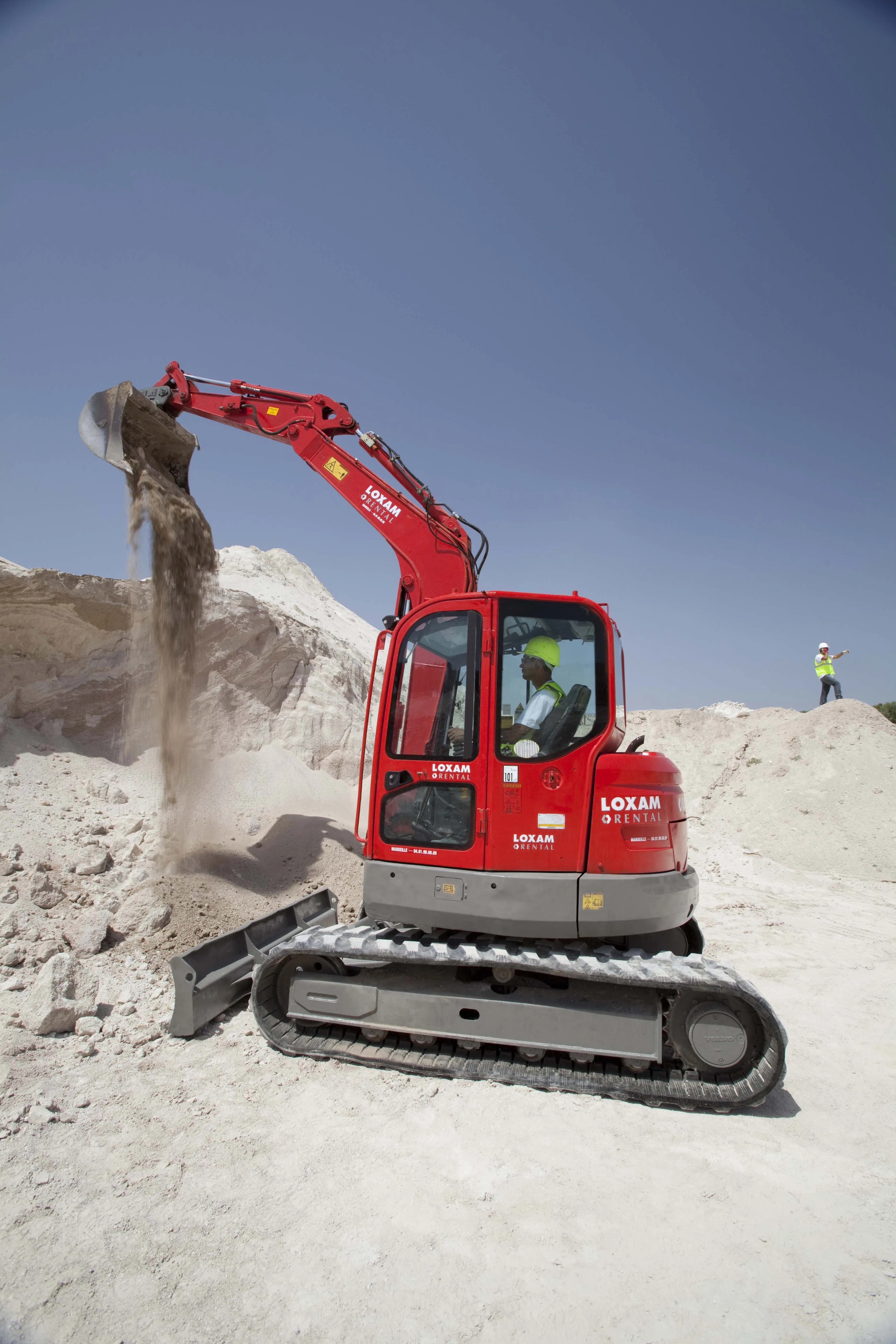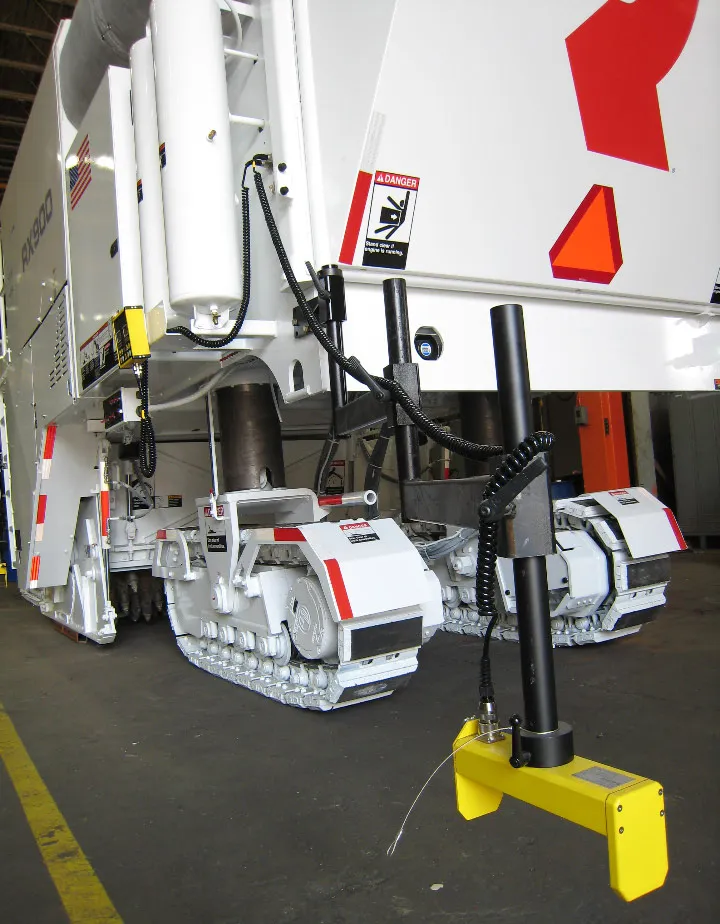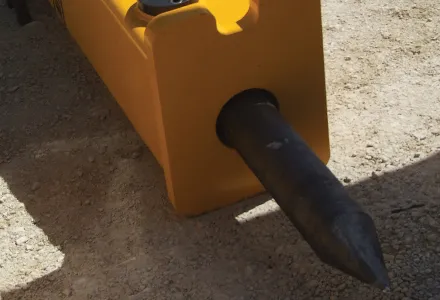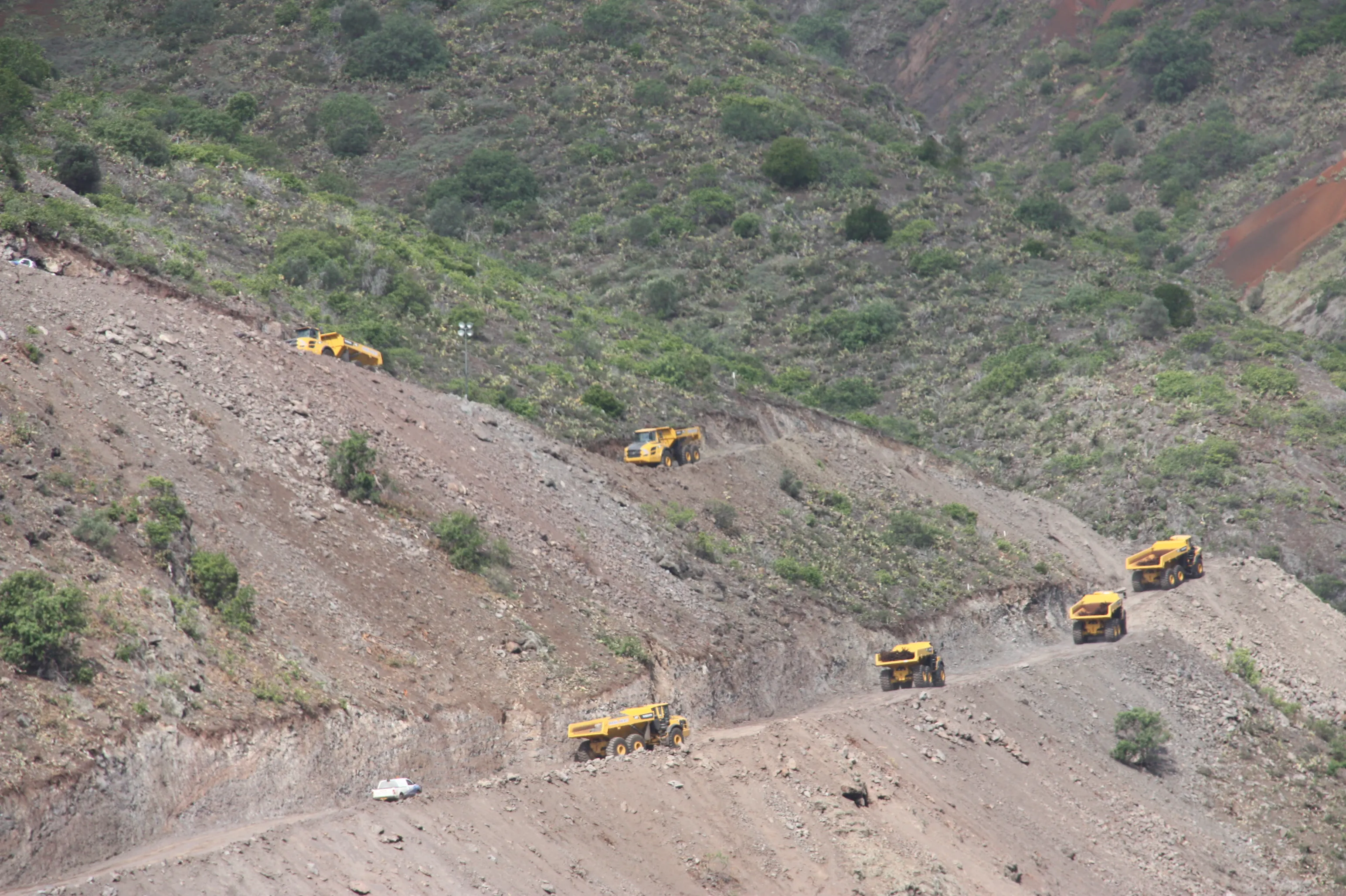Attendees to INTERMAT will see demolition machines in action, thanks to international equipment rental group Loxam.
Loxam is based in France and opened its first international branch in Switzerland in 1996. It now operates throughout Europe and, since 2010, has had an operation in Morocco. It rents everything from heavy equipment and access platforms for major construction site operations to hand tools aimed at the small to medium size contractor.
The company’s demolition, earthmoving and recycling equip
January 29, 2015
Read time: 2 mins

Attendees to INTERMAT will see demolition machines in action, thanks to international equipment rental group 7979 Loxam.
Loxam is based in France and opened its first international branch in Switzerland in 1996. It now operates throughout Europe and, since 2010, has had an operation in Morocco. It rents everything from heavy equipment and access platforms for major construction site operations to hand tools aimed at the small to medium size contractor.
The company’s demolition, earthmoving and recycling equipment includes front-loading dumpers from 500-900litres, revolving buckets from 700-2,000litres. It rents excavators, from 8-22tonnes, either wheel or track mounted, which can be modelled specifically for earthmoving or demolition work. Compact loaders are available, between 100-450litres, as well as articulated loaders between 280-3,000litres.
As part of the company’s strategy to boost its corporate social responsibility, Loxam opened last year an equipment recycling centre in Saint-Paterne, near Le Mans in northwestern France. At the 1.3ha site, Loxam recovers spare parts and also handles equipment in the Loxam fleet that no longer meets European rental market standards.
Loxam is based in France and opened its first international branch in Switzerland in 1996. It now operates throughout Europe and, since 2010, has had an operation in Morocco. It rents everything from heavy equipment and access platforms for major construction site operations to hand tools aimed at the small to medium size contractor.
The company’s demolition, earthmoving and recycling equipment includes front-loading dumpers from 500-900litres, revolving buckets from 700-2,000litres. It rents excavators, from 8-22tonnes, either wheel or track mounted, which can be modelled specifically for earthmoving or demolition work. Compact loaders are available, between 100-450litres, as well as articulated loaders between 280-3,000litres.
As part of the company’s strategy to boost its corporate social responsibility, Loxam opened last year an equipment recycling centre in Saint-Paterne, near Le Mans in northwestern France. At the 1.3ha site, Loxam recovers spare parts and also handles equipment in the Loxam fleet that no longer meets European rental market standards.








